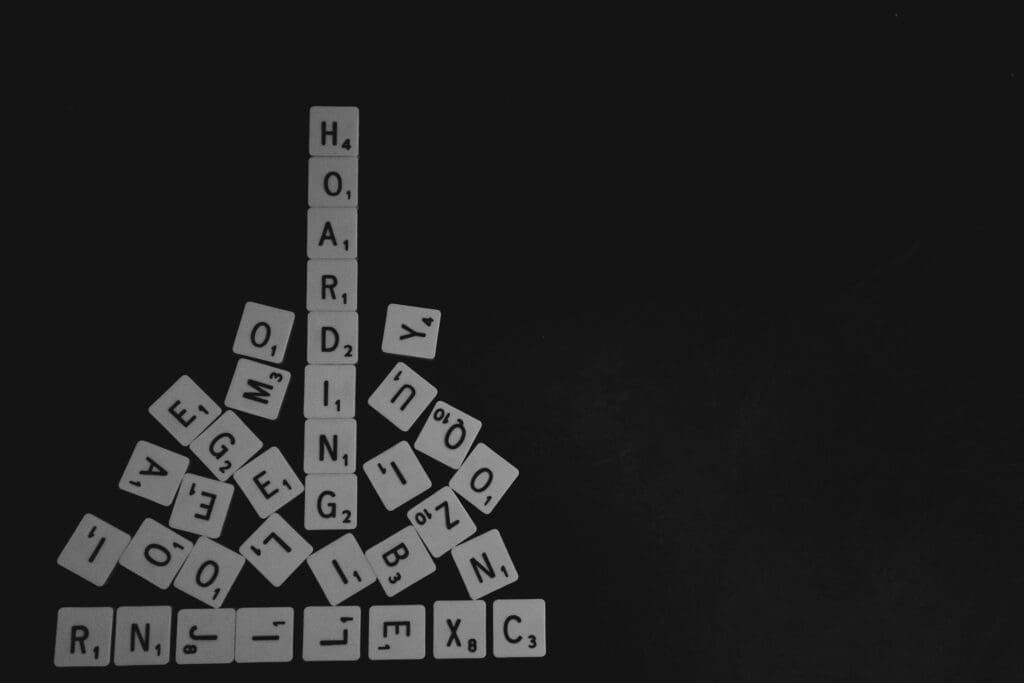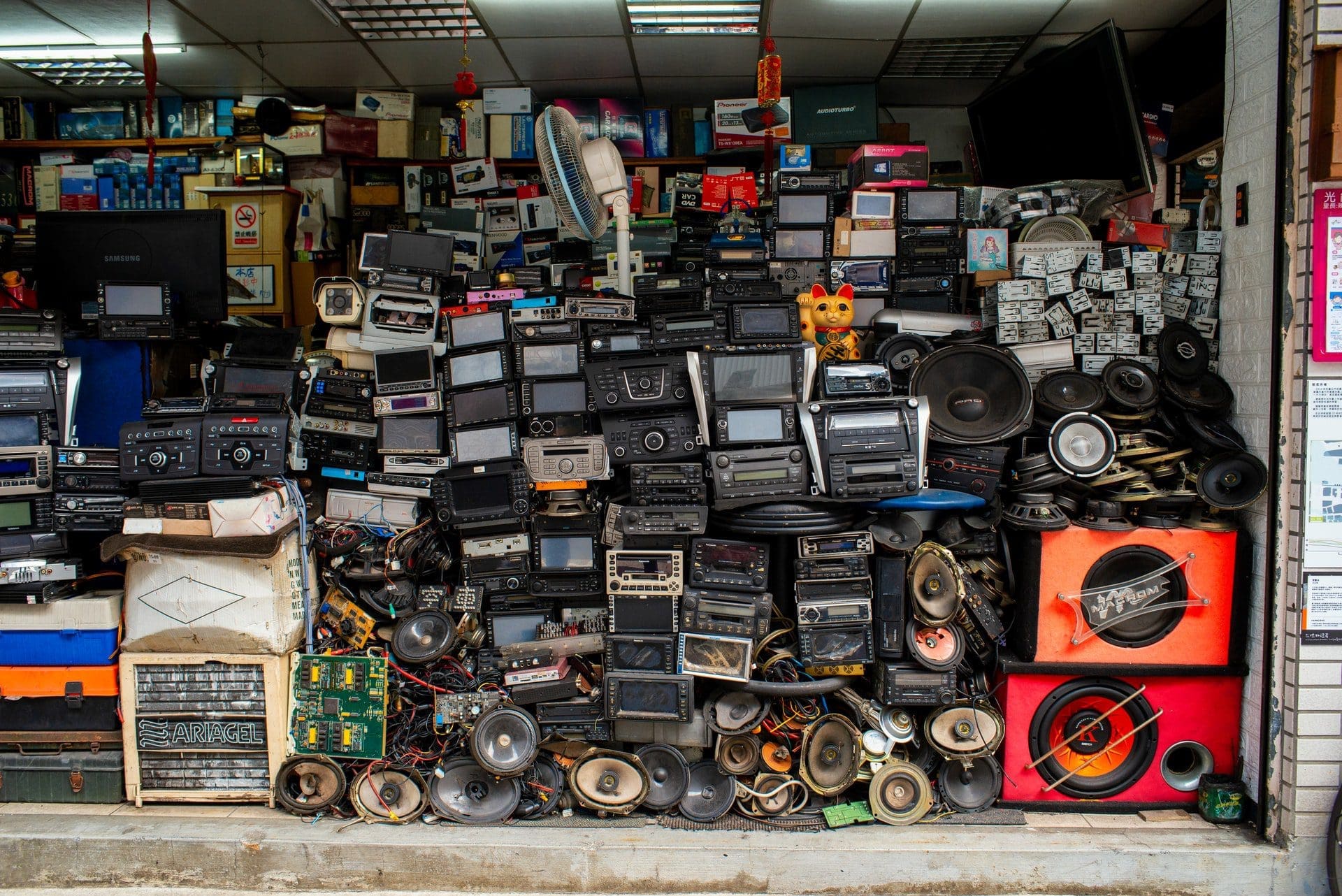Hoarding can be described as the unwanted build-up of items that have little or no value. These hoarding behaviors are followed by excessive collecting, difficulty discarding items, and anxiety symptoms when attempting to make decisions about what to keep or discard. Hoarders fail to recognize how much clutter and difficulty they cause on themselves and others.
Most hoarders are not aware that they have a problem. Many of the items in their homes were gifts or gathered before the hoarding took place. They do not see the fullness in their lives but instead feel empty like something is “missing.” Hoarding is often an emotional problem developed due to a mental illness. So, JiffyJunk can help you in your hoarding cleanup when the situation gets really dire.
Why Is Hoarding A Serious Problem?
Have you ever seen a show about hoarders? These people are the representation of clutter. The bedroom is piled high with decades-old junk. It sounds like the ultimate nightmare, and it is.
Besides, People who hoard usually have mental health problems that make them unable to throw objects away. Hoarding can create several problems:
- Families find it hard to live.
- Adults can’t work or socialize; fire hazards arise from all that combustible material.
- People can even suffocate if they become trapped in their own homes.
- The truth is that hoarding can be dangerous.
According to the NHS, around 1 in 4 people have hoarding problems, and it costs the UK economy around £1 billion a year. It’s an issue that some councils are now addressing by running special hoarding units.
5 Stages Of Hoarding
Level 1: The Occasional Hoarder
- Occasional hoarding is only in some rooms of their home, and usually only in one area.
- The occasional hoarder will need little help and never requires influence from an outside party such as a professional organizer.
- The amount they collect does not interfere with their daily lives.
Level 2: The Mild Hoarder
- The mild hoarder hoards a few things in a room, such as one or two pieces of sports equipment. Examples include old books, newspapers.
- Mild cluttering around the room. The mild hoarder does not put off their clutter when doing other activities, such as eating dinner or watching TV.
- The moderate amount of clutter does interfere with daily life activities.
- The mild hoarder will need minimal help to live easily in the home.
- If the mild hoarder does not receive any help, then they may progress to stage 3.
Level 3: The Moderate Hoarder
- The moderate hoarder has a fair amount of clutter that will fill up most of a large room, such as a dining room or living room.
- Most of the space in the fairly cluttered room is covered with junk. It leaves little walking space. Storage spaces fill one wall from floor to ceiling.
- The moderate hoarder will not clean up when they are in the home.
- Items strewn around the home will interfere with daily activities.
- If the moderate hoarder does not receive intervention, then they may progress to stage 4.
Level 4: The Severe Hoarder
- The severe hoarder greatly interferes with their daily activities due to clutter use, including living conditions such as poor lighting and ventilation; examples include a lack of enough heat, bed bugs, or cockroaches.
- The house rooms can only be accessed by climbing over, going under, or entering through piles of clutter.
- The severe hoarder will not clean up their clutter, even when they live in unhealthy conditions.
- Without help, the severe hoarder will continue to accumulate more clutter, and their home will become unlivable.
- If the severe hoarder does not receive help, then they may progress to stage 5.
Level 5: The Extreme Hoarder
- The extreme hoarder’s home is unlivable due to the severe amount of clutter. These individuals have several levels of health issues and reduced self-esteem.
- People living in their homes may be unable to use it for daily activities, such as eating or sleeping.
- The extreme hoarder will not clean up their clutter and will not be able to move out.
- with no help from outside, the severe hoarder is at risk of committing suicide.
- The severe hoarder will need intervention from family or professionals to move out.
- Once the severe hoarder has moved out, the amount of clutter will need to be reduced by a professional organizer.
Why Is Hoarding Cleanup Necessary?
A home where cleanup is not necessary shows that it’s a sanctuary of privacy. Whereas a home where it is necessary shows that it’s a junkyard in the open. Many individuals with hoarding disorder have experienced eviction or the threat of eviction for hoarding. In other words, hoarding can make a home uninhabitable”. That is simply not a way of living.
Hoarding cleanup may seem like an unnecessary option, but it’s anything but unnecessary. Hoarding is a serious mental illness that causes extreme difficulty in functioning, disruptions in daily living, and even life-threatening situations.

Summary
Hoarding cleanup can help the individual to overcome the problem of hoarding. However, it requires a time commitment and a highly motivated hoarder who cannot clean up independently. Such services also require enough space, which is not always available in a house with hoarding problems. Hence, hoarding cleanup is still a difficult task. If we can help more hoarders with their issues, we can make our world a better place.
Featured Photo by Andrew Haimerl on Unsplash





